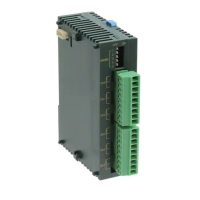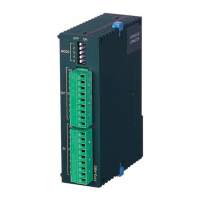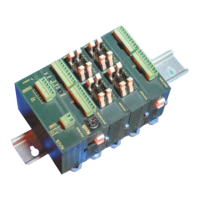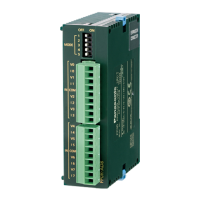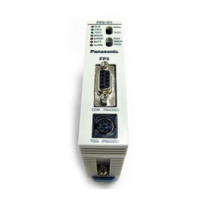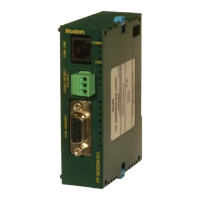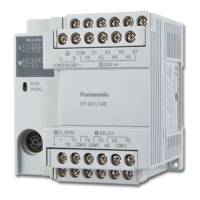8-54
8.4.17 Difference in Acceleration/Deceleration Characteristics Between
Instructions
- The method to calculate the acceleration/deceleration time and the speed table for
acceleration/deceleration differs according to the type of pulse output instructions.
- Select an appropriate type of instruction according to applications.
Acceleration/deceleration characteristics of each instruction
Common to JOG operation Type 0 and Type 1 (F172)
- Specify the time from the initial speed to the maximum speed (50 kHz) as acceleration time and the
time from the maximum speed (50 kHz) to the initial speed as deceleration time in the program. The
actual acceleration/deceleration time is relatively shorter than the specified acceleration/deceleration
time.
- Each section between the initial speed and the maximum speed (50 kHz), and between the maximum
speed (50 kHz) and the initial speed is divided into the speed table of 30 steps to calculate the speed.
Therefore, the acceleration/deceleration is not as smooth compared to other control patterns especially
when the target speed is low.
Common to Home return operation Type 0 and Type 1 (F177)
- Specify the time from the initial speed to the target speed as acceleration time and the time from the
target speed to the creep speed as deceleration time in the program.
- Each section between the initial speed and the target speed, and between the target speed and the
creep speed is divided into the speed table of 30 steps to calculate the speed. Therefore, the
acceleration/deceleration is smoother compared to other control patterns.
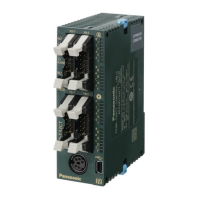
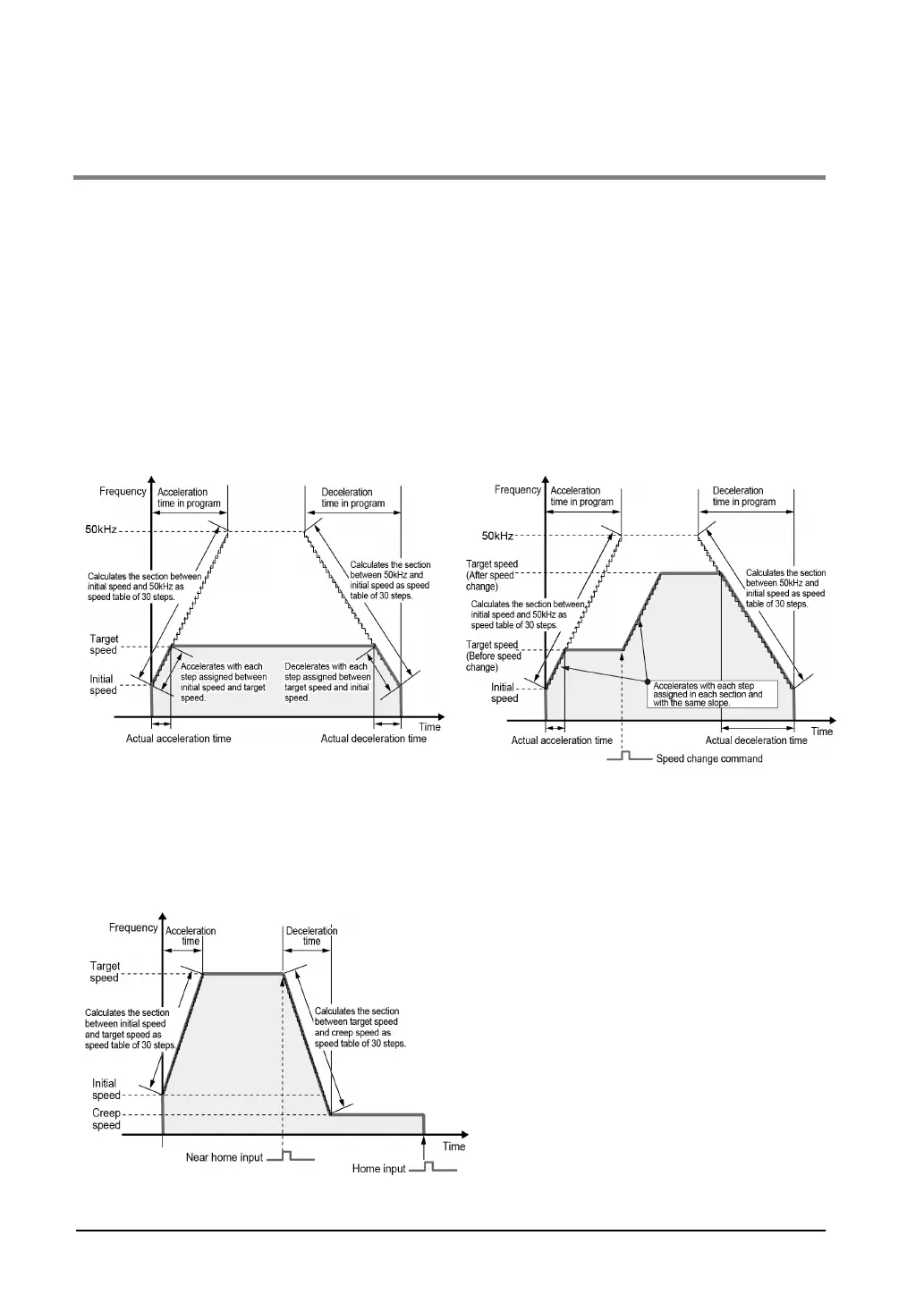